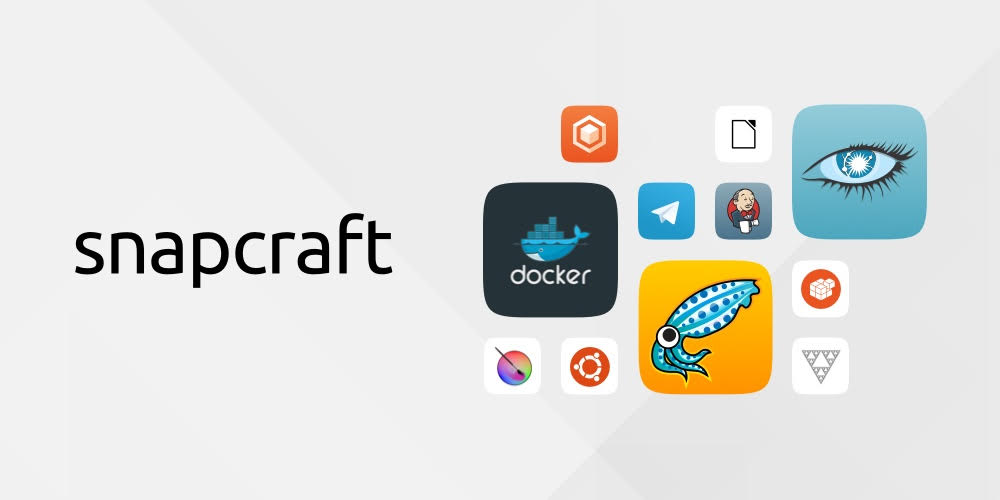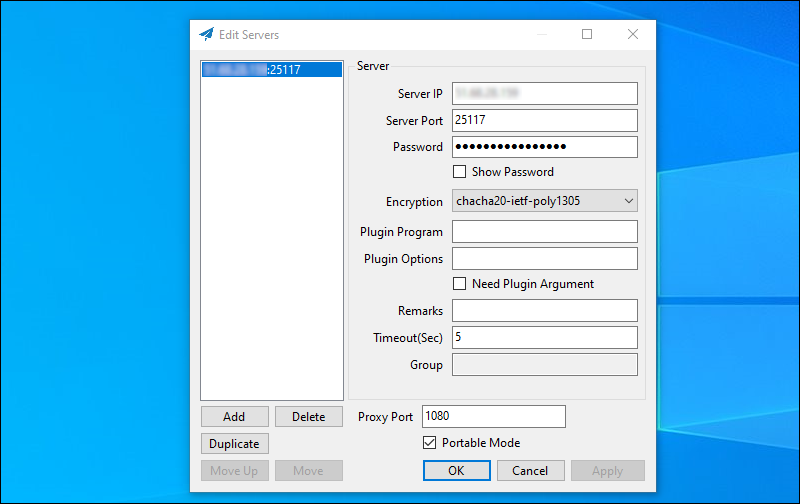
- #DOCKER SHADOWSOCKS CLIENT INSTALL#
- #DOCKER SHADOWSOCKS CLIENT PASSWORD#
- #DOCKER SHADOWSOCKS CLIENT LICENSE#
#Find the corresponding parameter positions in it. #Save and exit Configure WGet proxy #Open WGet configuration file Configure Yum proxy #Open the yum.conf configuration file Note: if you don’t need to use an agent, put /etc/profileJust the configuration notes in. Test curl Returning a lot of HTML means that shadowlocks is working properly. Setting proxy environment variables echo -e "export http_proxy=" > /etc/profileĮcho -e "export https_proxy=" > /etc/profile Start privoxy service systemctl enable privoxy Modify privoxy configuration file /etc/privoxy/config listen-address 127.0.0.1:8118
#DOCKER SHADOWSOCKS CLIENT INSTALL#
In COPR shadowsocks-libevThe default read location is /etc/shadowsocks-libev/config.jsonWe can refer to the following configuration files for modification as needed: Configure agent Install privoxy yum install privoxy Ln -s libmbedcrypto.so.1 libmbedcrypto.so.0 Add profile

Implement ss-localreport errors: ss-local: error while loading shared libraries: libmbedcrypto.so.0: cannot open shared object file: No such file or directoryĮxecute the following command as root: cd /usr/lib64 If it works normally, skip the frequently asked questions and continue to add the configuration file. Yum install -y shadowsocks-libev Verify installationīefore continuing with the configuration later, we will execute the SS local command on the command line to confirm that shadowlocks and its dependencies are installed correctly. Then we need to enable EPEL first, and then install shadowlocks libev: yum install -y It indicates that the system does not enable EPEL (extra packages for Enterprise Linux). Note: if the installation reports the following errors Error: Package: shadowsocks-libev-3.1.86_64 (librehat-shadowsocks)Įrror: Package: shadowsocks-libev-3.1.86_64 (librehat-shadowsocks) Install shadowsocks-libev: cd /etc//Īfter installation, there will be ss-local, ss-manager, ss-nat, ss-redir, ss-server, ss-tunnelCommand available.Īmong them, as a client, what we need is ss-localHowever, in the following article, we will start shadowsocks through the service file instead of directly connecting with ss-localDealing with orders. If ordinary users are used, ordinary users are also required to join rootGroup and add before each command sudo。
#DOCKER SHADOWSOCKS CLIENT PASSWORD#
With rootLog in to the server as, or by command sudo su -Enter the password to switch to root. Since there is already a packaged shadowlocks libev in COPR (cool other package repo), we only need a few commands to complete the installation. It is very easy to install shadowsocks clients under CentOS 7 or RHEL (Red Hat Enterprise Linux) 7. You need to install the shadowsock (hereinafter referred to as SS) client on the server to build a “ladder”. env NO_PROXY="*.2.For some reason, the server cannot be connected due to network problems due to the installation of software, plug-ins or scripts. Or higher, you should configure the Docker clientĮNV NO_PROXY="*.2.com" This method makes the image less portable, so if you have Docker 17.07 When you build the image, or using the -env flag when you create or run theĬontainer, you can set one or more of the following variables to the appropriate


Use environment variables Set the environment variables manually When you create or start new containers, the environment variables are Using the * character as a wildcard for hosts and using CIDR notation for IP addresses is supported as Server by setting a noProxy key to one or more comma-separated IPĪddresses or hosts. You can optionally exclude hosts or ranges from going through the proxy You can also configure multiple proxy servers simultaneously. Substitute the type of proxy with httpsProxy or ftpProxy if necessary, and substitute the address and port of the proxy server. Add JSON similar to theįollowing example. Home directory of the user that starts containers. On the Docker client, create or edit the file ~/.docker/config.json in the The image less portable) or when you create or run the container. The client shadowsocks-libqss can be used in both client-side and server-side. libQtShadowsocks is a lightweight and ultra-fast shadowsocks library written in C++ with Qt 5.
#DOCKER SHADOWSOCKS CLIENT LICENSE#
You can do this when you build the image (which makes shadowsocks-libev is licensed under the GNU General Public License v3.0.

In Docker 17.06 and earlier versions, you must set the appropriate Proxy information to containers automatically. If your container needs to use an HTTP, HTTPS, or FTP proxy server, you can The first thing we have to do is to make our Docker Image available for the Azure platform.


 0 kommentar(er)
0 kommentar(er)
